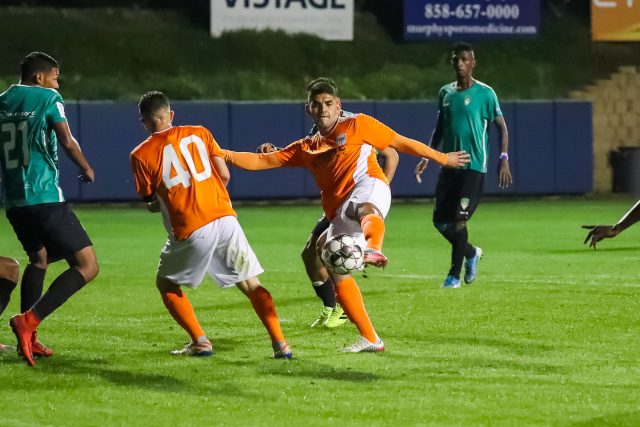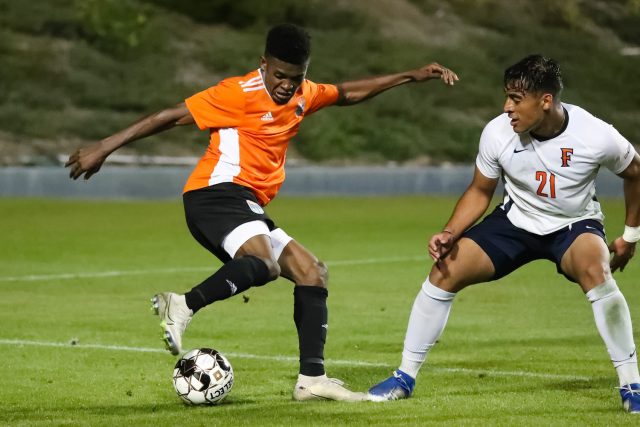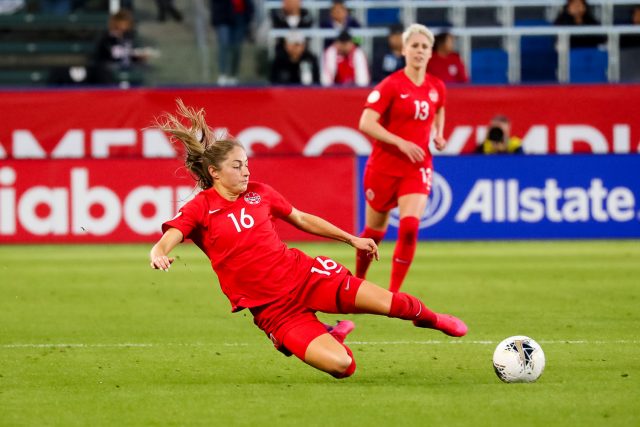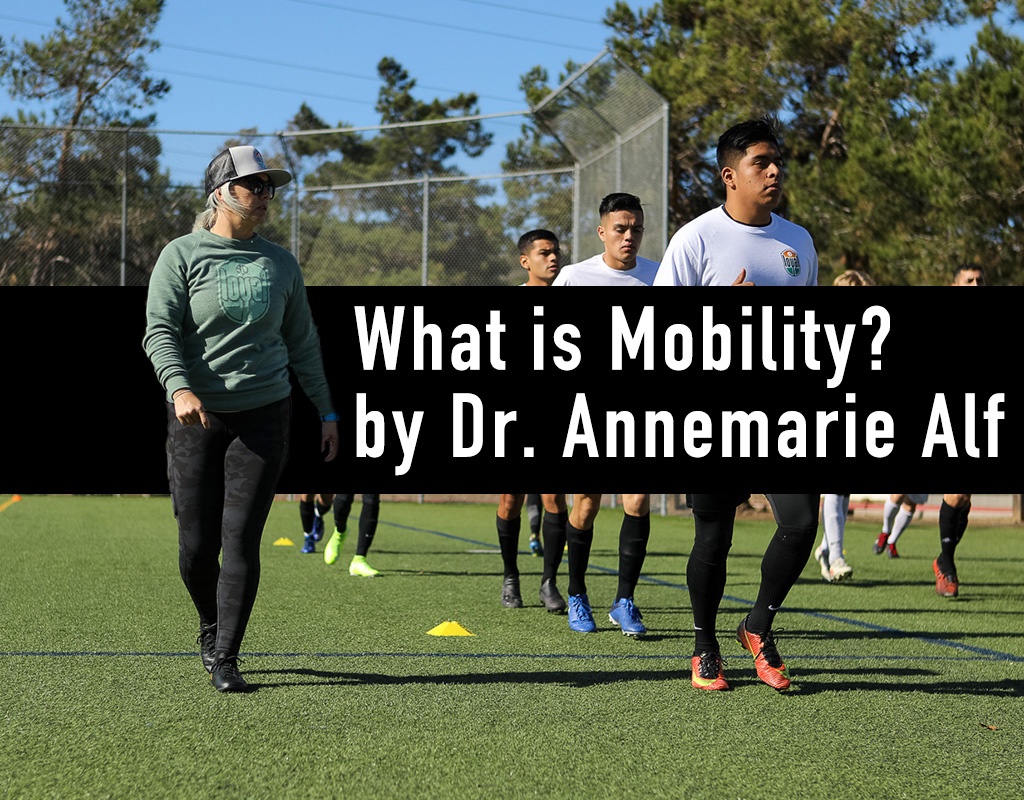Dr. Annemarie Alf, PT, DPT, CSCS You may think this soccer athlete has maximal or even excessive mobility. In some movements that may be
Dr. Annemarie Alf, PT, DPT, CSCS
You may think this soccer athlete has maximal or even excessive mobility.

In some movements that may be true, however in other fundamental movement patterns he/she may be lacking proper mobility.
What if this professional athlete has less than maximal ankle or hip mobility, what will the overall outcome be in his/ her performance?
And the soccer player, must have more than ideal hip mobility to get into the position shown here, correct? Not necessarily.

Well, Wikipedia can’t even define mobility in terms of what it means in the human body. (Although, not necessarily the most reliable source.)
Mobility is the ability to move in one’s environment with ease and without restriction, as defined by the Medical Dictionary. (http://medical-dictionary.thefreedictionary.com/mobility)
Jonas states that mobility is: the proficiency to organize and accomplish the act of moving. (Jonas: Mosby’s Dictionary of Complementary and Alternative Medicine. (c) 2005, Elsevier.)
Improved performance and reduced risk of injury

Generally, these definitions of mobility are very accurate, but more specifically optimal mobility throughout all movement patterns means improved performance and reduced risk of injury.
Mobility problems are movement dysfunctions. Decreased mobility should always be addressed before stability. Loss of mobility is sometimes the only way the body can achieve a point of stability, but that stability is not authentic. So, in other words, mobility and stability problems co-exist.
Movement, by Grey Cook has a great compensation example that can lead to decreased mobility:
1) a weak core might develop tightness in the shoulder girdle or neck musculature as a secondary attempt to continue functioning.
2) chronic low back pain and stability problems may develop tightness in the hip flexors and hamstrings as secondary braces even if it reduces mobility.
The body has worked out a solution and although the solution might compromise mobility in some regions, it affords functional survival. The human body always attempts to find the easiest way to move, which is often not the best way to move.

Cook goes on to tell us to revisit and attempt to maximize mobility whenever possible. True functional stabilization cannot occur in the presence of inappropriate mobility, because the instant a mobility restriction comes into play, reflex stabilization is inhibited or compromised and becomes a less valuable factor in function.
One of the fields mobility experts, Kelly Starrett, states in his book Ready to Run that mobility is “how each joint sits in its socket, to the health of your tissues and sliding surfaces, to your motor patterns. It is the intention of improving your range of motion as a system.”
Increased strength, power, and speed

Ultimately mobility work will help to improve your overall movement, which leads to increased strength, power, and speed. It helps you recover quicker for your next training session. As an athlete or active adult is it extremely important to learn how to take care of your body to prepare for high level training sessions AND to move better to create optimal results.
MOBILITY work will include using certain tools (i.e. foam roller, lacrosse ball, strength band, voodoo band, etc.) to aid in RECOVERY as well as improve the movement of your body so that you can increase your athletic potential, decrease injury and feel better. Following an improvement in mobility will be a focuses into increased stability training.
In summary: “You need to understand how to move correctly in every situation. You also need the tools to deal with stiff and adaptively short tissues that restrict range-of-motion. When we restore position, we restore function. When we improve position, we improve function.” Excerpt From: Kelly Starrett and Glen Cordoza. Becoming a Supple Leopard.
